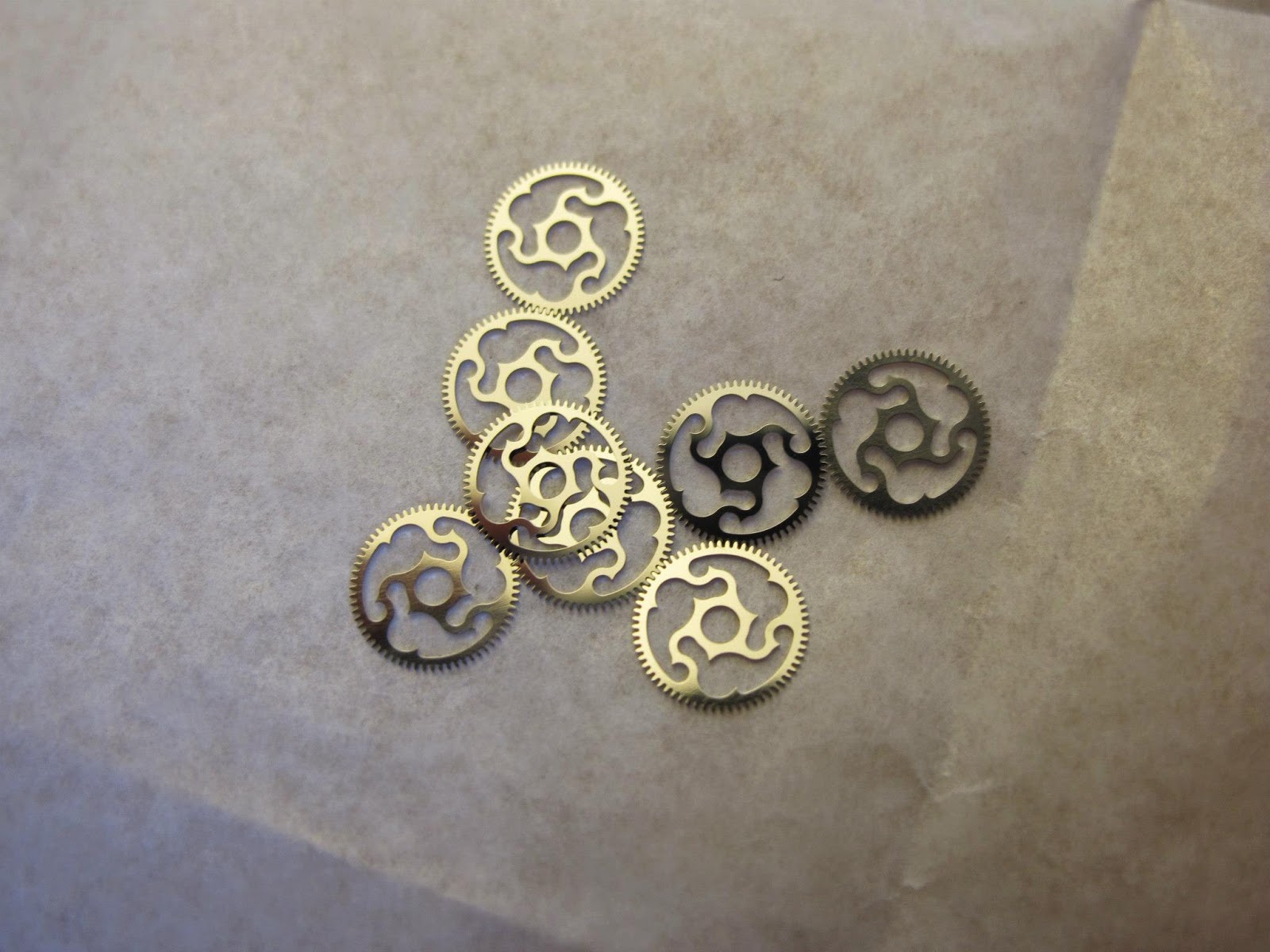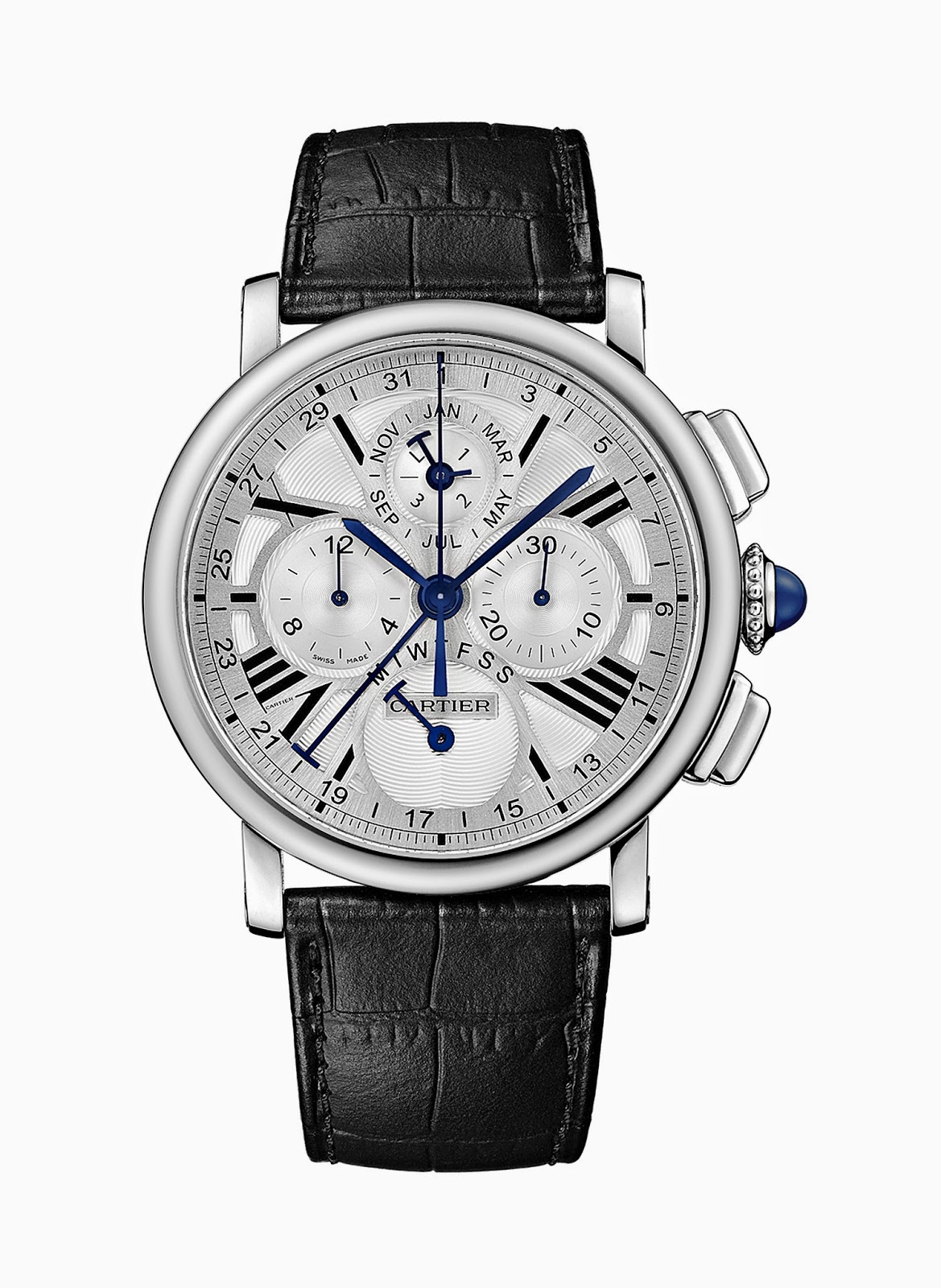Circa 1850 Royal hunter-type watch
1862 Keyless pocket watch
1870 Hunter-type watch with complete calendar
1870 Pocket watch with triple calendar and moon phases
1880 Minute repeater with independent deadbeat seconds
1890 Minute repeater watch with annual calendar
1907 Knife or Couteau pocket watch
1910 Haute Joaillerie minute repeater
Circa 1920 Ultra Thin Minute Repeater
1928 Double Complication pocket watch
1928 Grande Complication pocket watch
Circa 1930 Ultra-thin 'Knife' pocket watch
1934 Pocket watch with perpetual calendar
1946 Tourbillon Chronometer
Jaeger-LeCoultre website
Jaeger-LeCoultre Facebook page




























































